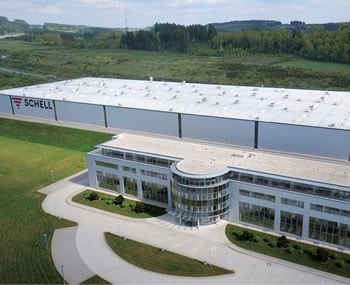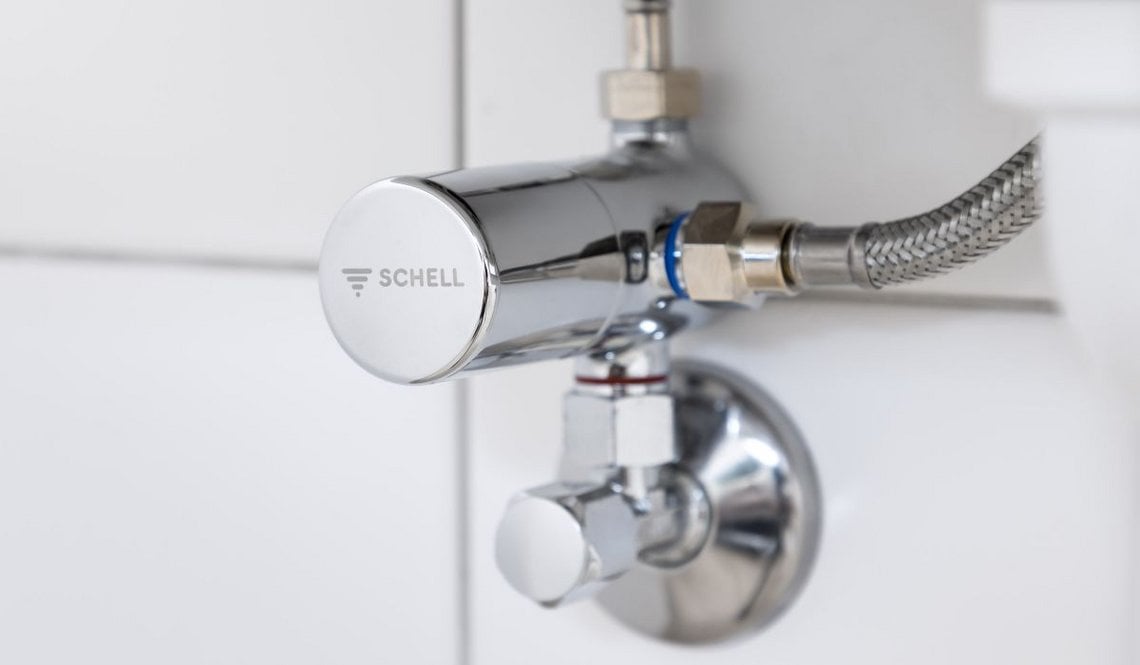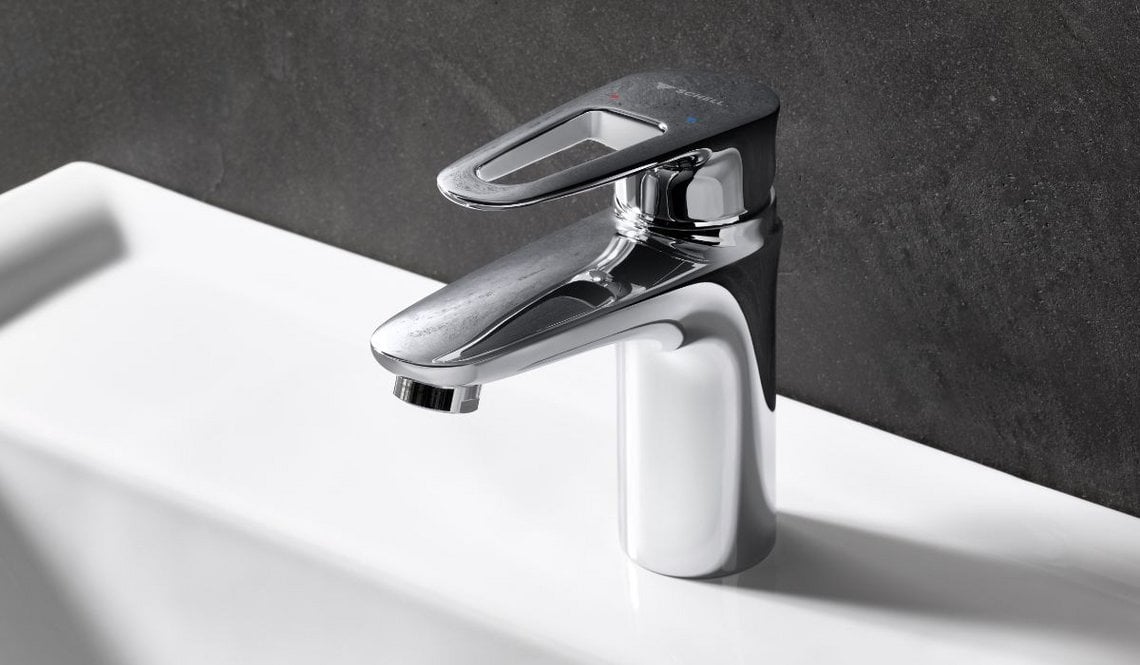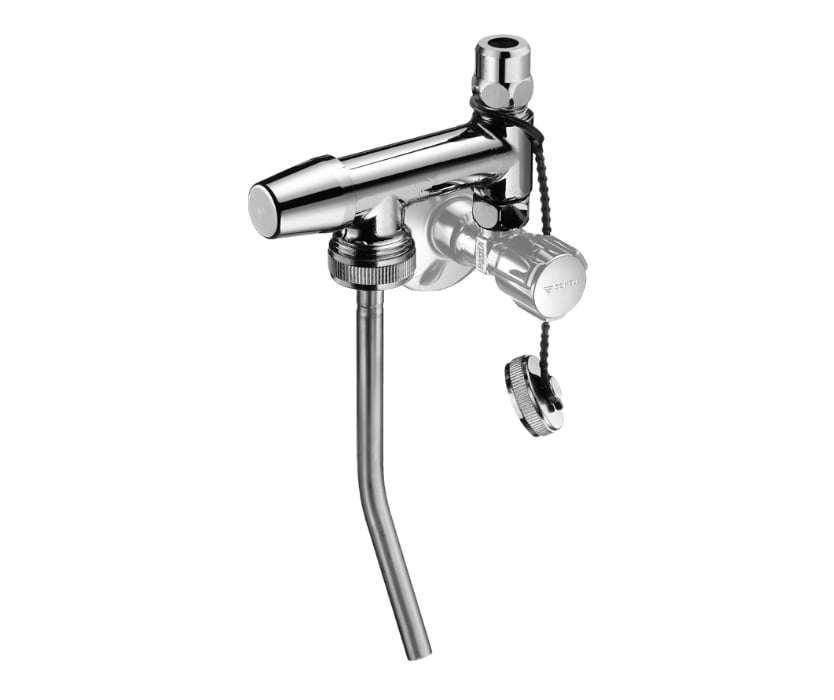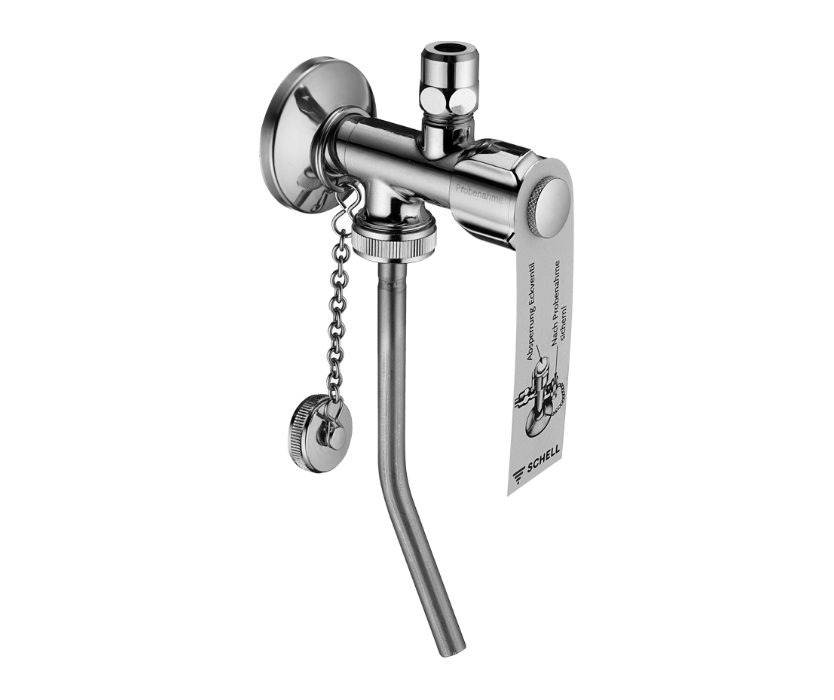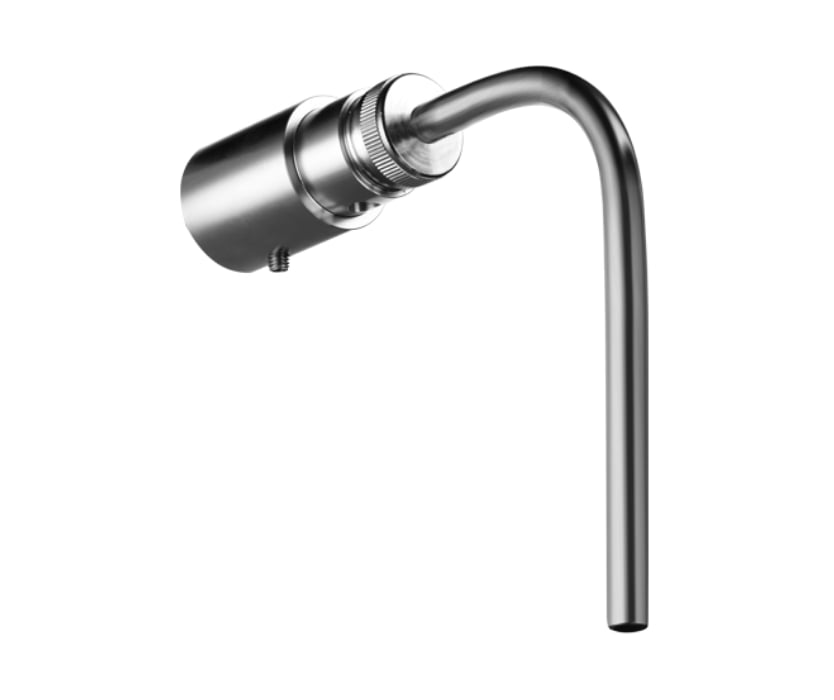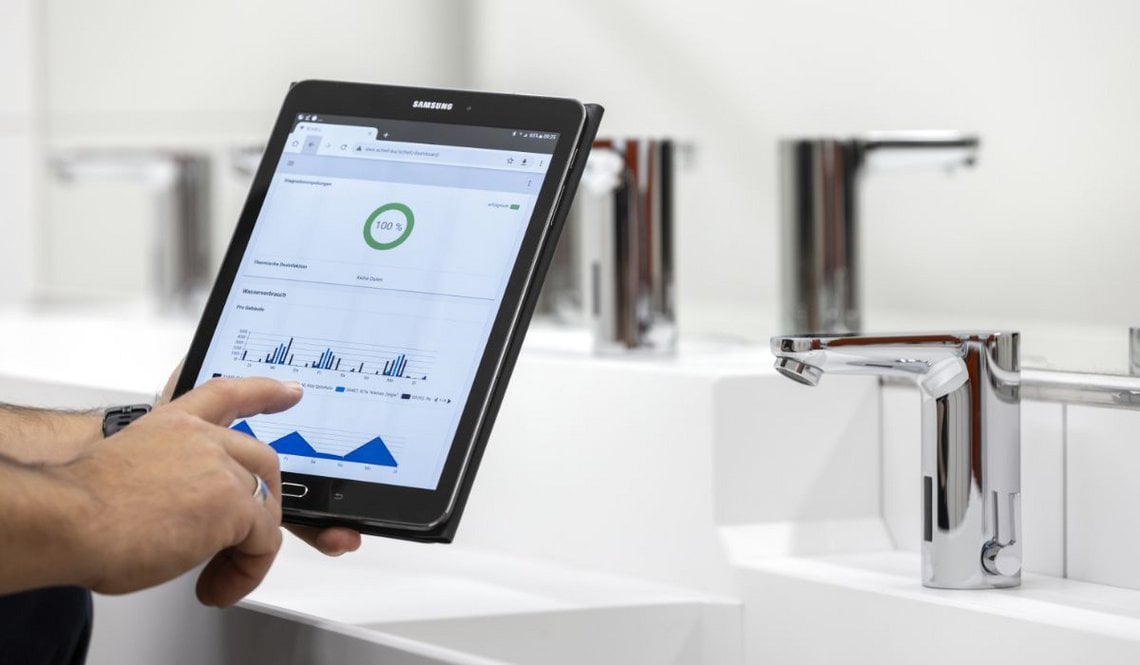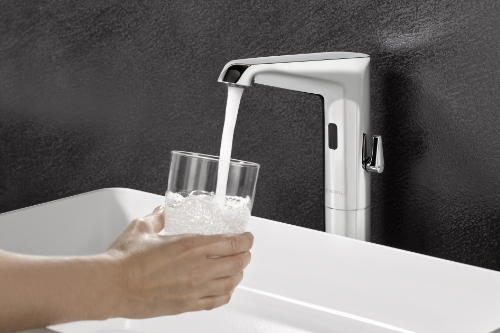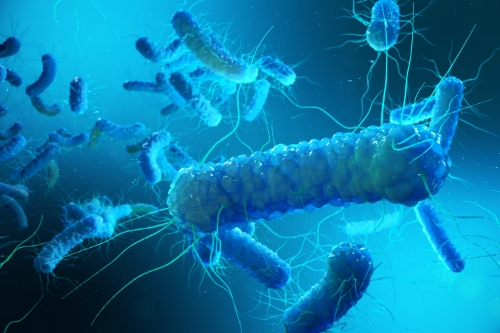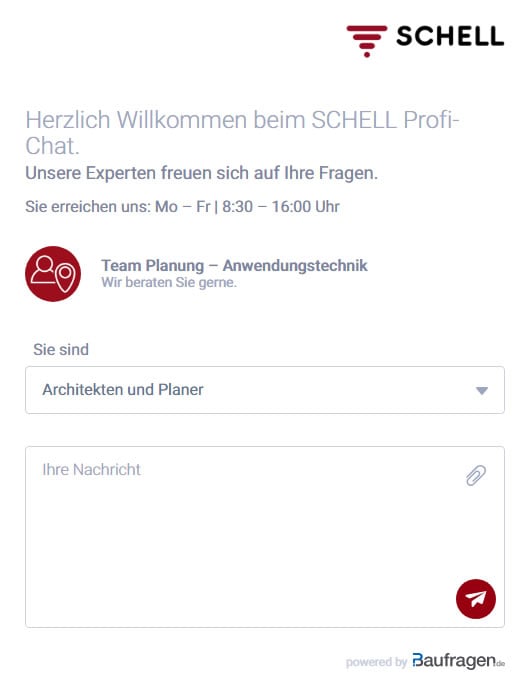Practical errors are frequently made in relation to the legally required sampling of drinking water as per the 2023 German Drinking Water Regulation (TrinkwV). This results in unreliable lab results, which means health risks may therefore go undetected. To ensure that drinking water testing can provide meaningful and reliable results, a number of typical errors need to be avoided when taking samples of drinking water.
According to the 2023 German Drinking Water Regulation, operators of drinking water installations on commercial or public premises are responsible for ensuring the routine testing of drinking water. The associated tasks are set out in section 2 of this drinking water regulation. These activities test the drinking water for the presence of pathogens while also looking to see if specified limits for other microbiological and chemical parameters have been exceeded. This article gives you an overview of the typical mistakes and issues encountered with drinking water sampling.
Who is authorised to take drinking water samples?
According to the 2023 German Drinking Water Regulation, the “necessary testing for drinking water, including the taking of samples […] must be carried out only by suitably accredited testing bodies” (TrinkwV, section 39(1)). This means that installers and other service providers – least of all the building operator themselves – are not authorised to conduct drinking water analysis or take samples of drinking water. Any such samples are unusable, as only accredited testing bodies may take samples of drinking water.
How are drinking water samples taken?
Hygiene experts are often quoted as saying that mistakes are typically made during the sampling of drinking water rather than later testing in the lab. Accordingly, the selection of sampling points within the drinking water installation is just as important for the meaningfulness of drinking water analysis results as ensuring a professional approach to the sampling itself. According to German drinking water regulation, samples must be taken at the tapping point outlet, except in the case of Legionella testing. When testing for Legionella, a sampling valve must be used in properties equipped with mechanical or thermostatic anti-scalding protection – which includes residential homes and kindergartens, for example – in order to avoid the sampling of mixed water.
A dedicated sampling valve is also recommended for systemic Legionella testing. The determination of specific sampling points should be completed by design planners, tradespersons or appraisers with the necessary systems and hygiene training.
Do’s and don’ts for drinking water sampling
Time and again, properties whose residents are on vacation or have actually moved out are included in routine testing. Yet this approach involves significant follow-on costs while also running counter to the testing targets set out by the 2023 German Drinking Water Regulation – even if the property has been defined as a regular sampling site. In such cases, a better approach is to use an alternative site for drinking water sampling that has been determined in advance. The German Federal Environment Agency has this to say on the subject: “Sampling shall be conducted with the drinking water installation in its specified normal operation. A temporary increase in the hot water tank temperature, flushes or a disinfection of the drinking water installation before sampling deliberately confound the protective purpose of testing according to TrinkwV.” This clearly highlights the fact that unused areas of an installation should not be sampled and all ‘extraordinary measures’ that could influence testing results from drinking water analysis are prohibited – particularly any that could skew findings in a more positive direction. On the other hand, this also means that any manual or automated exchanges of water (conducted with the help of a water management system, for example) are permitted before drinking water sampling if these always happen as part of normal operations, e.g. at 6 a.m. every morning.
Is a drinking water analysis required for small-scale systems?
The 2023 German Drinking Water Regulation does not prescribe a drinking water analysis for small-scale systems. However, a ‘LeTriWa’ analysis conducted by the Robert Koch Institute (RKI) has shown that some 43% of cases of disease and death from Legionella occurred in relation to drinking water installations not subject to legal testing – namely small-scale systems and especially systems with local drinking water heating. Two main causes are known in this context: first, an inadequate level of use (Prof. Hippelein, Kiel); and second, prior contamination of the cold drinking water line with Legionella due to high water temperatures significantly above 25 °C over a prolonged period of time. In cases where these factors occur simultaneously, warmth-loving Legionella can propagate to harmful levels in the supposedly ‘cold’ water or in the cooled hot water from local drinking water heaters. When the cold water is heated, Legionella bacteria are not killed off effectively, because the contact time in the heat exchanger is inadequate. Even at 70 °C, at least 3 minutes are required – and this rises to 30 minutes at 60 °C. In light of this, the RKI also recommends sampling systems exempt from legal testing requirements if people fall ill and Legionella contamination of the drinking water is suspected.
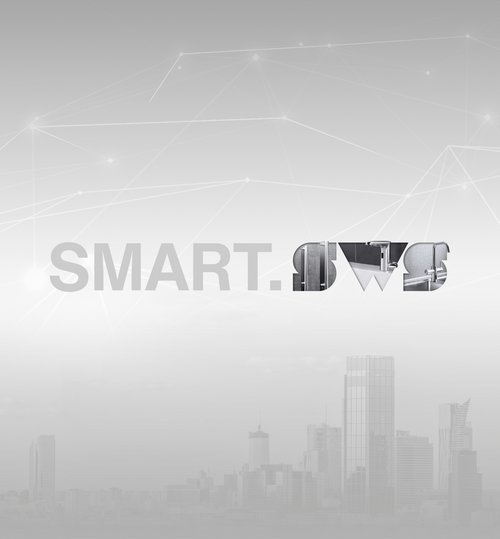
![[Translate to English:] [Translate to English:]](/fileadmin/_processed_/1/b/csm_symstemloesungen_e2_thumb_6bca267f26.jpg)
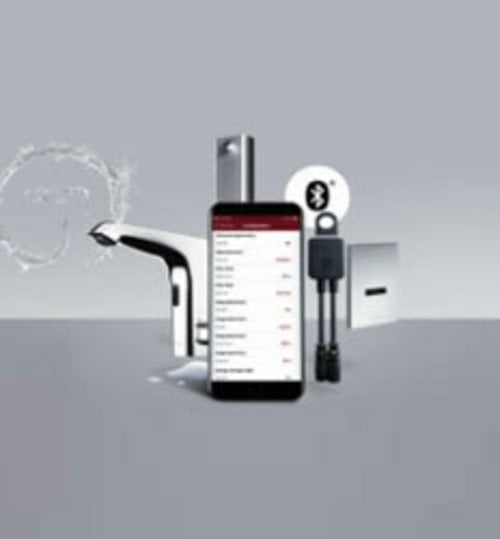
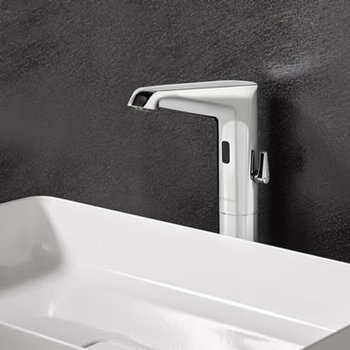
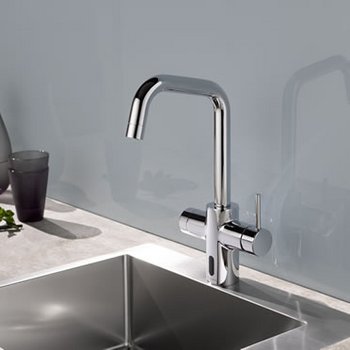
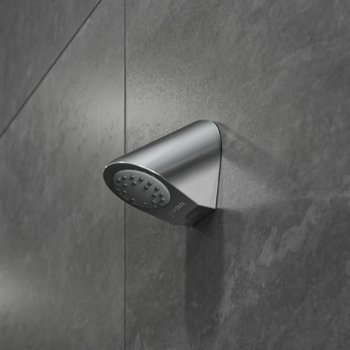
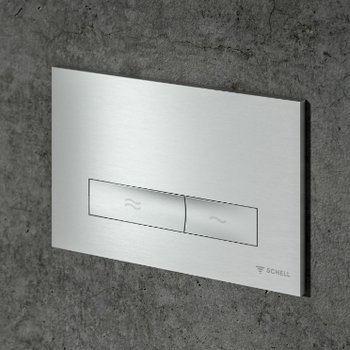
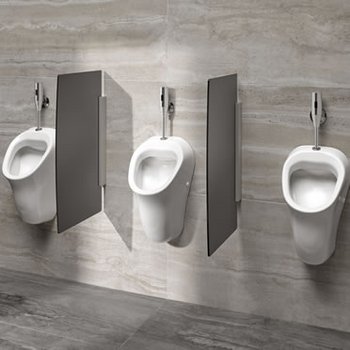
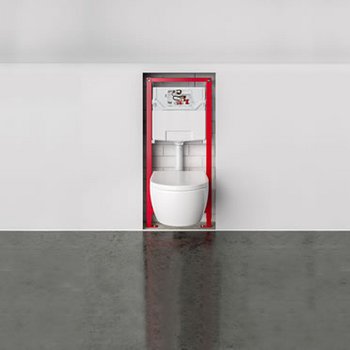
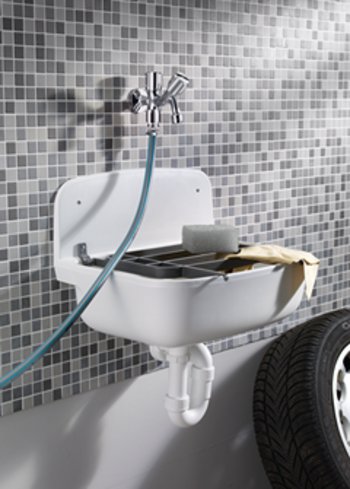
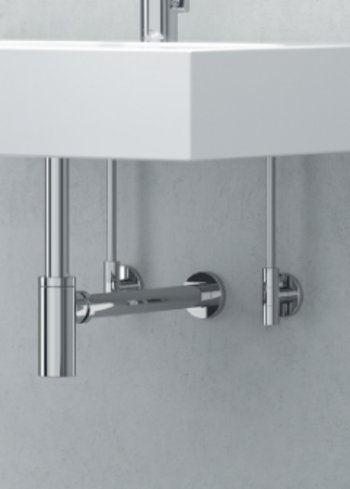
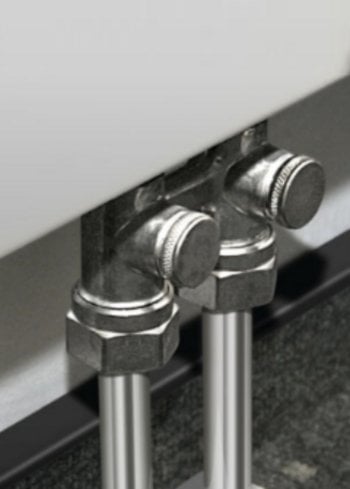
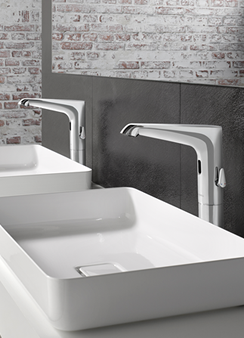
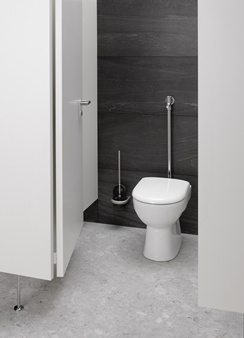
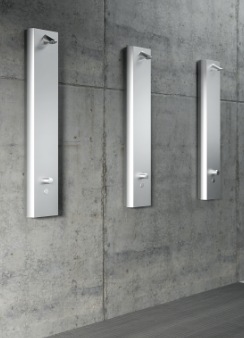

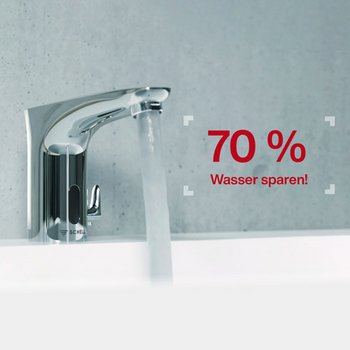
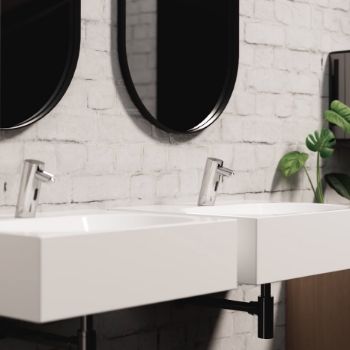
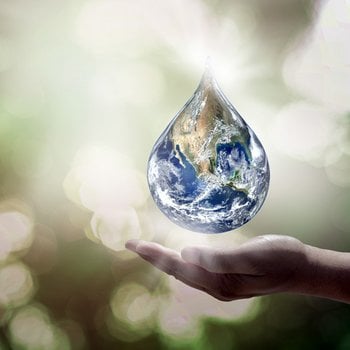
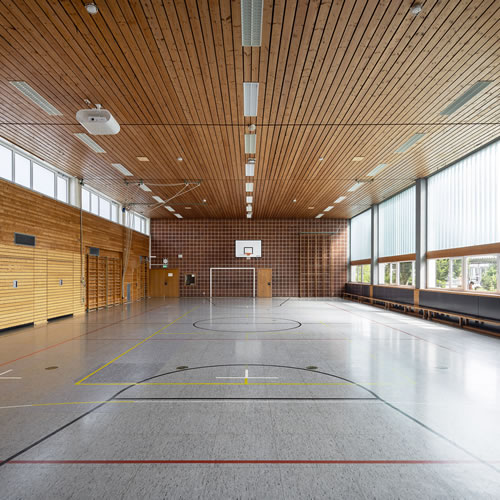
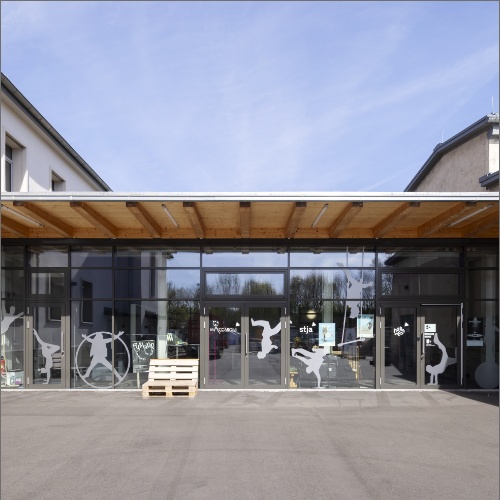
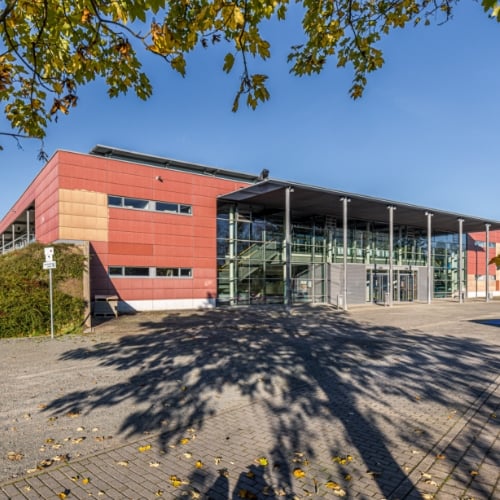



![[Translate to English:] [Translate to English:]](/fileadmin/user_upload/images/menu/menu_service_downloads_broschueren.jpg)
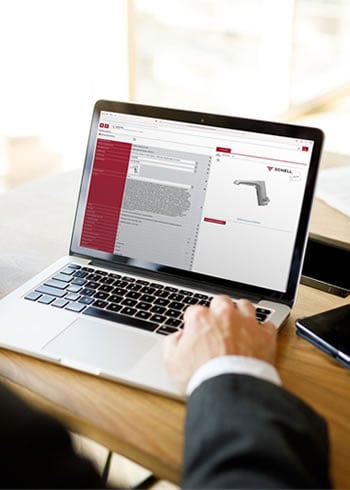



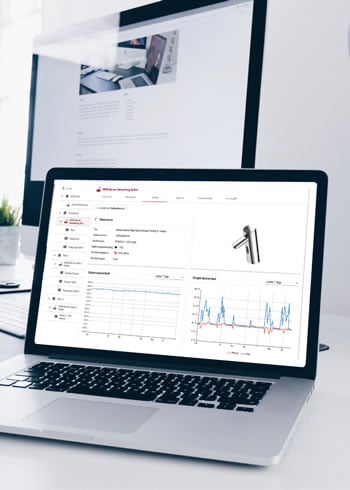


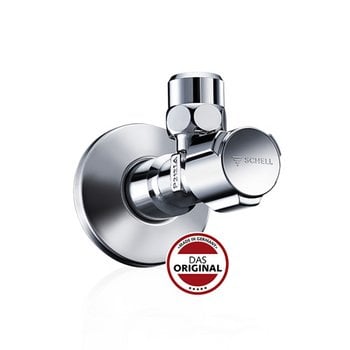
![[Translate to English:] [Translate to English:]](/fileadmin/_processed_/7/7/csm_menu_unternehmen_ueber-schell_awards_f6cec25b1d.jpg)
![[Translate to English:] [Translate to English:]](/fileadmin/_processed_/a/0/csm_menu_unternehmen_ueber-schell_wasser-sparen_41036d2dd9.jpg)


